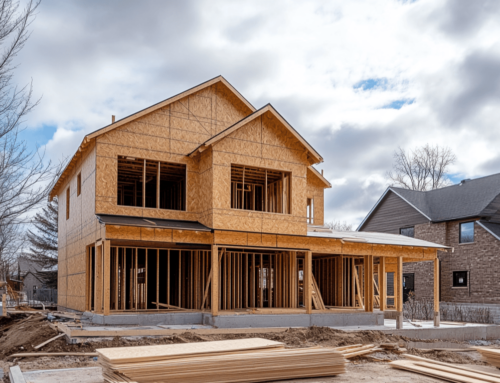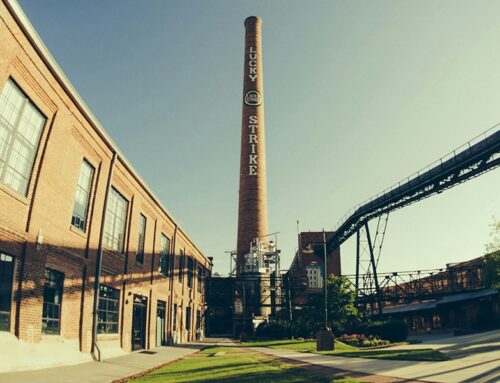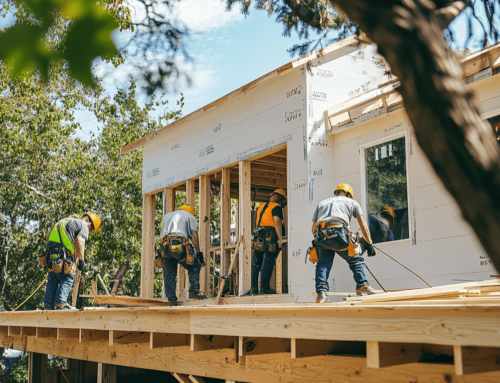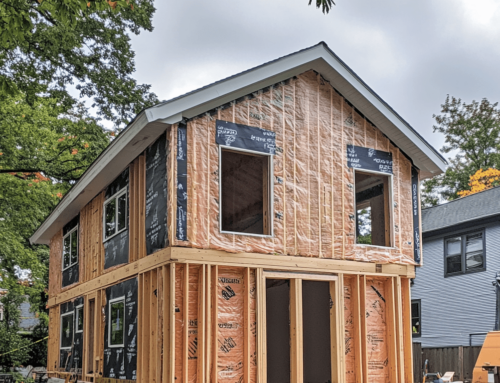Renovating a bathroom is exciting. The idea of having a more comfortable, more useful, more attractive space can tempt you to rush into the job to get there sooner. This is a temptation, however, that you should avoid.
Getting the most out of a bathroom remodel requires careful planning followed by thoughtful execution. In our experience, there are some key considerations that often go overlooked in the planning stage. We’ve listed those considerations in the following article to help you avoid missteps with your bathroom renovation.
7 Things You Should Consider Before You Remodel Your Bathroom
“Measure twice, cut once” is a cliche in the construction world for a reason. Ensuring you’ve considered everything you need to before ripping out your bathroom fixtures and starting the project makes it less likely you end up with inferior results.
1. Realistic Budget
Non-professionals are more likely to underestimate the cost of a bathroom renovation than overestimate it. Many people aren’t aware of a lot of the auxiliary costs involved in a big remodel project. Smaller costs like hardware, grout, plumbing parts, and electrical components can add up quickly. Labor can also cost more than many people expect.
Rather than try to fit your budget to your vision for the bathroom remodel, start with your budget first. Whether you’re paying for the job in cash or getting financing, set a hard line for what you can spend without hurting your finances. A good contractor will find a way to work within that budget, even if it means not getting everything you dreamed of.
2. Time and Use Constraints
In many cases, you won’t be able to use your bathroom while it is being renovated. This is something you need to plan around, especially if you only have one bathroom. Alternative arrangements can be a huge inconvenience.
Consider the timeline of your bathroom remodel project, understanding that it may not be usable during that time. If you need to, make plans to have other options for bathing, grooming, and using the facilities far in advance.
3. Plumbing Configuration
The cost and sometimes even feasibility of a bathroom remodel project can be determined by the existing plumbing configuration. Water and sewer lines can be expensive to move and in some cases, may not be able to be moved at all.
Take the time to map out your bathroom’s current plumbing setup, or hire a professional to do it. This will help you get a more accurate estimate from your contractor. Understand that moving a toilet to another part of the bathroom, for example, may require substantial plumbing work that comes at a similarly-substantial cost. Determine for yourself if you have the budget for reworking your plumbing, or if it seems worth it to get the results you want.
4. Lighting and Ventilation
Bathroom lighting is easy to overlook. However, since we use these spaces to take care of ourselves, having adequate lighting is essential. Sufficient lighting also helps you clean your bathroom properly.

Ventilation is also important to consider. Allowing air to flow easily and providing a way to get moisture out of the air makes it harder for mold and mildew to build up. A properly ventilated bathroom also keeps unpleasant odors from lingering.
Be sure to plan in useful lighting for your bathroom renovation. You’ll also want to have gentler lighting for more relaxed bathing and other activities that don’t require full visibility. In addition, installing a high-quality exhaust fan is a must for any bathroom.
5. Storage Needs
You don’t need as much storage in a bathroom as you do in, say, a kitchen. But you still need places to store the things you use, such as towels, toiletries, and grooming tools. Not having adequate space to store bathroom essentials can be a huge inconvenience and limit how much value your renovation adds to your home.
Work with your contractor to plan in all the storage space you need. We advise building a little more than you need at this moment, too. It’s normal for people to accumulate more things over time, and the bathroom is no exception. You’ll want your newly-renovated bathroom to serve you well a few years down the line as well.
6. New Fixtures
An upgraded shower, toilet, or vanity are typically among the first considerations when beginning a bathroom renovation. However, it’s easy to ignore what’s required to install these new fixtures.
For example, the drain location in a new shower may not line up perfectly with the one it replaces. That can require additional work to allow the shower to drain properly, which comes at an additional expense. A new vanity may connect at different points than the current one and need some plumbing work to install correctly.
Consider whether your new fixtures can work as one-to-one replacements for your existing ones, or if you’ll need to pay to modify things to install them.
7. Building and Decorative Materials
The little things can add up quickly in a bathroom renovation project. Features like cabinet pulls or towel bars don’t cost much on their own, but together can make up a hefty portion of the bill.
Fortunately, since these are rarely functional aspects of your bathroom, you have some flexibility. If you can’t afford decorative features as part of the project, you can always wait until your finances recover. You’ll just have to deal with some minor inconveniences in the meantime.
Remodeling a Bathroom: Why You Shouldn’t Rush In
A comfortable, functional bathroom is worth the wait. You don’t really have anything to gain by rushing your remodeling project and a lot to lose. Doing a bathroom remodel improperly can produce inferior results. It may even require you to go back and spend more money to do the job correctly.
Take the time to carefully consider all aspects of your bathroom renovation plans. When it’s done, you’ll be glad you did.





